Strangers Into Citizens – Strangers into Citizens held a march and rally on Monday 4th May 2009 calling for long term irregular migrants living in the UK to be provided with a way to earn indefinite leave to remain here.
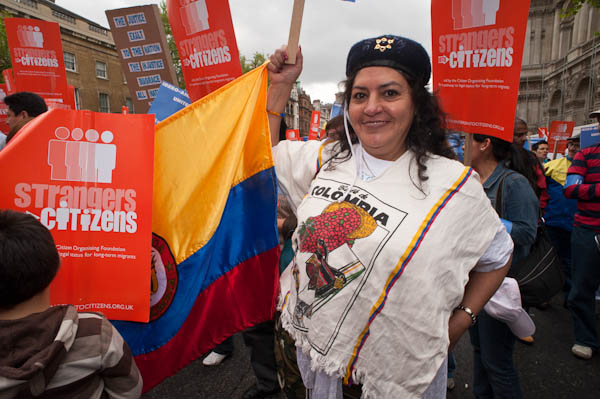
There are thought now around 800,000 people living in the UK without a legal permit to do so. Accurate figures are impossible to find as these people obviously do not want to be recorded by the authorities.
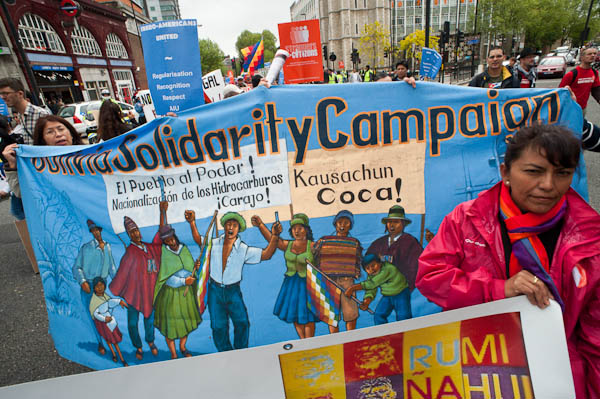
Many are working and carrying out work that others do not want to so but are essential to keep our economy running. One of the reasons why the UK is attractive to migrants is the size of our hidden economy, economic activities entirely hidden from HMRC.
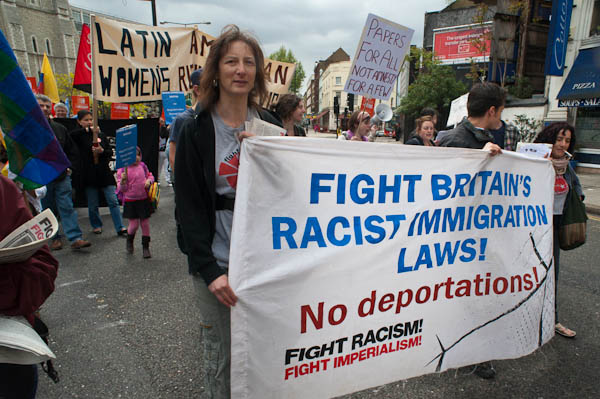
Almost one in ten UK citizens takes some part in this hidden economy, though for many their activities are on a small scale and often transitory. But almost half of those gain an income that if declared would put the above the current tax threshold. Some of these are people without legal residence, while there are others who have permission to be here but not to work. And of course others are just tax evaders.
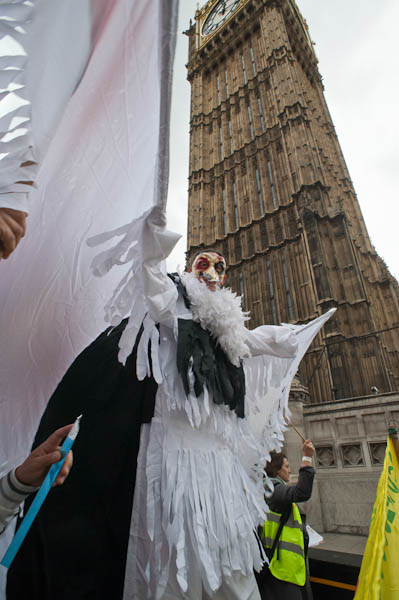
It would benefit the economy and those concerned to regularise their position so they could both work here legally and pay tax. There are also a significant number with qualifications which could take them out of the largely unskilled manual work that makes up much of the hidden economy and put their skills to work, profiting both themselves and the country. Having people with Maths or Engineering degrees making a poor living as cleaners (and I’ve met them) makes no sense when they could make a much greater contribution.
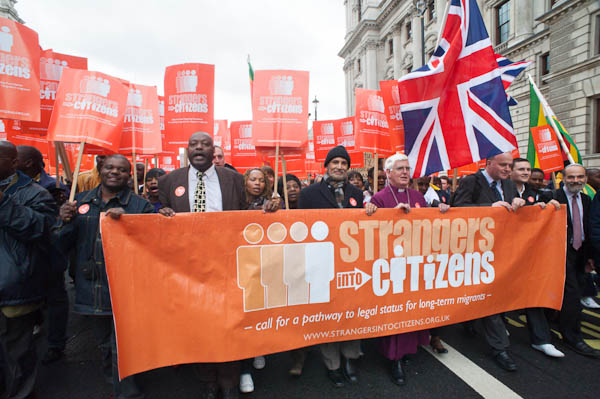
The UK has an ageing population and increasingly fewer of us are likely to be economically active – the ONS model suggests there will be an additional 317,000 people economically inactive in the UK by 2026 compared to 2023, and this trend seems likely to continue. We need migration to make up the gap and regularising the position for those already here would certainly help.
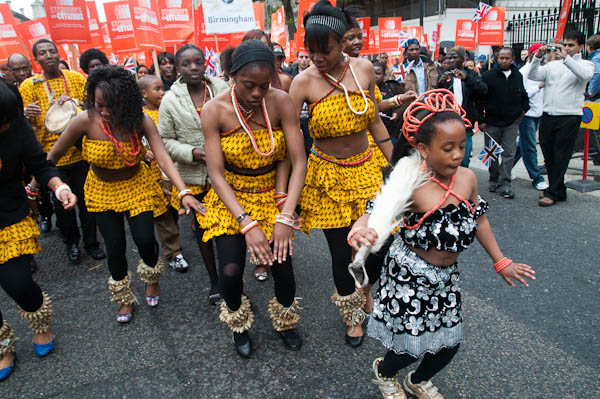
There are no legal routes to enter the UK to claim asylum and those who want to do so must either enter irregularly or come on tourist or other visas. The majority of migrants enter the country legally but overstay the terms of their visas, some claiming asylum, others just melting into the community. Another large group of migrants are the children born here to irregular migrants – until 1st January 1983 this automatically made you a British citizen but now this is only the case if one of your parents is British.
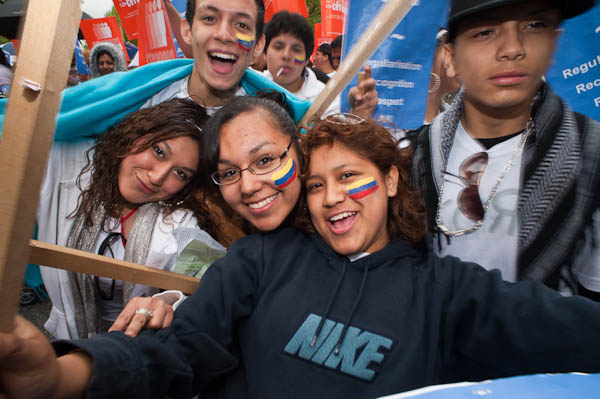
Over many years now we have seen an increasing ratcheting up of racist rhetoric and policies by the two major parties, each determined to outflank the other in appeasing the extreme right and playing on fear. The Tory government has increasingly introduced criminal sanctions against those who enter the country in ways it calls illegal, with all those arriving by them now being threatened with deportation to Rwanda, whether or not that country is actually a safe destination.
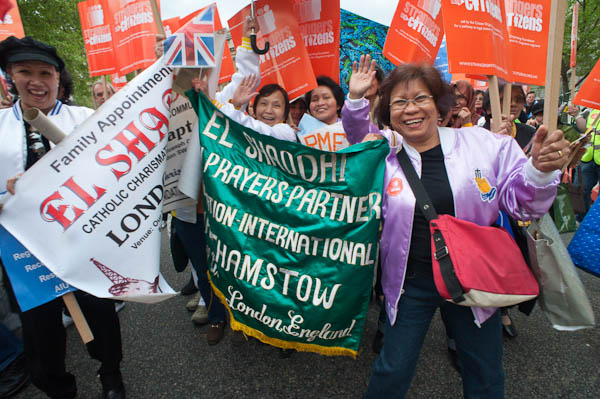
But the number Rwanda expects to take over a five years is only 1000, just 200 per year. In the year ending June 2023, official statistics show 52,530 irregular migrants were detected on, or shortly after, arrival to the UK on various routes, 85% of them on small boats. There are of course no figures for how many came and were not detected.
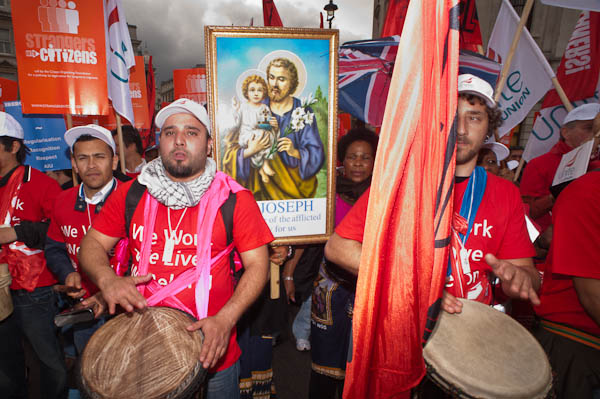
The UK currently does have a very limited partial amnesty scheme. Those who have managed to stay – legally or illegally – continuously for 20 years can apply for a visa which grants another 30 months of residence, while those with 10 continuous years of legal residence can also apply for an extension.
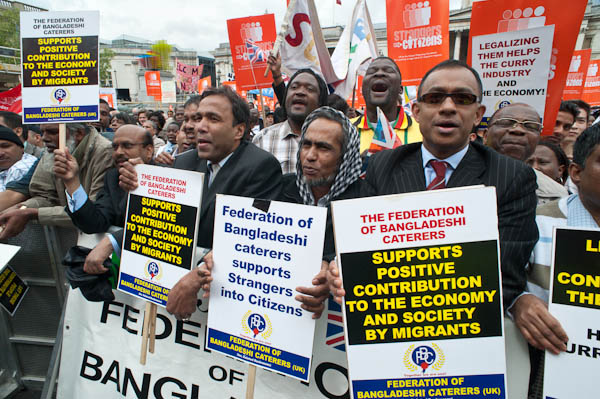
Many of those who I marched with on Monday 4th May 2009 from Lambeth were from London’s large Latin American community. Some were probably irregular but most will have entered the country legally as EU citizens and some have been given asylum here or be waiting for the Home Office to process their claim. The Home Office states the average time is six months, but the actual average is estimated to be somewhere between one and three years.
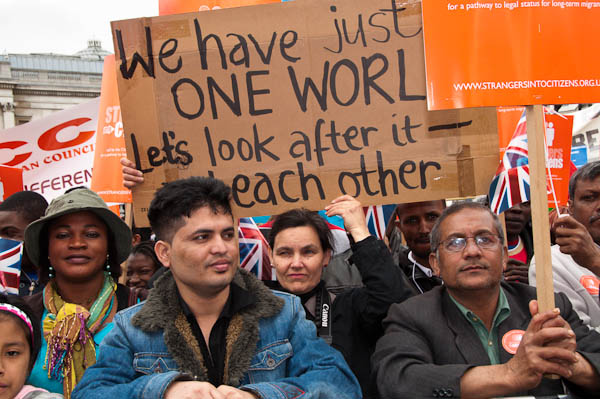
Others had marched from other areas of London, many starting from seven religious services in various parts of the city. The marches joined in Parliament Square to march together to Trafalgar Square where there were a large number of speeches in support of an amnesty from religious, political and trade union groups as well as representatives of various ethnic groups and migrants from a number of countries, followed by music and dancing.
More on My London Diary at Strangers Into Citizens.
Flickr – Facebook – My London Diary – Hull Photos – Lea Valley – Paris
London’s Industrial Heritage – London Photos
All photographs on this page are copyright © Peter Marshall.
Contact me to buy prints or licence to reproduce.
Tags: 2009, ageing population, asylum, asylum seekers, children born here, criminals, delays, deportation, hidden economy, HMRC, Home Office, illegal migrants, irregular migrants, Latin American Bangladeshi, London, march, May 2009, migrants, migration, no human is illegal, no legal routes, peter Marshall, protest, put skills to work, racist immigration laws, rally, Rwanda, sanctions, Strangers Into Citizens, tax, Trafalgar Square, valuable contribution